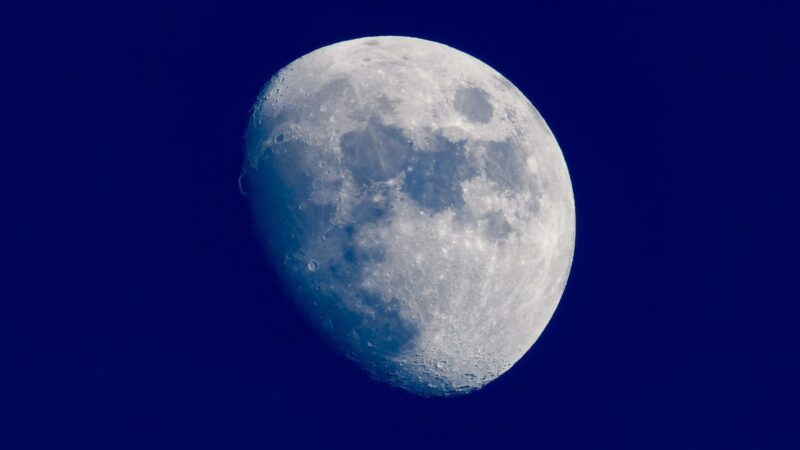Clear image of waxing gibbous moon on clear blue evening.
getty
Each Monday, I pick out North America’s celestial highlights for the week ahead (which also apply to mid-northern latitudes in the Northern Hemisphere). Check my main feed for more in-depth articles on stargazing, astronomy, eclipses and more.
The Night Sky This Week: Oct. 27-Nov. 2, 2025
This week sees the beginning of a new season for stargazers, with the clocks falling back in North America and Halloween signalling something more than just trick-or-treating, pumpkins and monsters. Mercury reaches its best evening appearance, the moon meets Saturn, and the Pleiades rise.
Here’s everything you need to know about the night sky, stargazing and astronomy this week:
Wednesday, Oct. 29: Mercury At Greatest Elongation
Mercury reaches its greatest eastern elongation, appearing about 8 degrees above the southwest horizon 45 minutes after sunset. This is the best chance of the season to catch the elusive planet. A clear horizon will be essential.
Tonight also brings a first-quarter moon, perfect for telescopes and binoculars, as shadows along the terminator reveal craters and mountains ranges galore.
Friday, Oct. 31: Halloween
Did you know that Halloween is a stargazing holiday” Oct. 31 is a cross-quarter day — a halfway point between September’s equinox and December’s solstice — the others being Groundhog Day on Feb. 2, May Day on May 1 and Lammas on Aug. 1. They’re important waymarkers in Earth’s annual journey around the sun.
Saturday, Nov. 1: Moon And Saturn
Stellarium
Saturday, Nov. 1: Moon And Saturn
Tonight, the 83%-lit waxing gibbous moon passes just a few degrees from Saturn. Look south after dark to see the pair moving slowly westward through the night.
Sunday, Nov. 2: Stargazing Gets Earlier And Easier
North America shifts back to standard time today. With the end of daylight saving time, night falls earlier, giving more time to stargaze before bedtime. Take advantage of the earlier evenings to introduce kids or beginners to the night sky. Start with bright and easy targets like the constellation Orion, the Pleiades and Polaris before moving on to subtler constellations and clusters. Practically speaking, it’s the beginning of the new stargazing season.
This is a combination of two photos taken separately, one of a mountain range, the other of Pleiades. Pleiades are out of proportion and the idea is to depict how it would look if the Deep Space Objects are closer to us, bigger and more visible.
getty
Object Of The Week: The Pleiades
Celebrate the extra hour of darkness this weekend by finding the Pleiades (also known as M45 and the “Seven Sisters”). Rising in the east after sunset, this open cluster of around 100 stars looks like a tiny dipper to the naked eye. That’s if you look at it directly. By looking slightly to the side of the Pleiades, they notably increase in brightness because your peripheral vision is most sensitive to brightness. It’s a technique called averted vision. Either way, the Pleiades is one of the finest naked-eye sights in the fall and winter night sky.
The times and dates given apply to mid-northern latitudes. For the most accurate location-specific information, consult online planetariums like Stellarium.
Wishing you clear skies and wide eyes.









